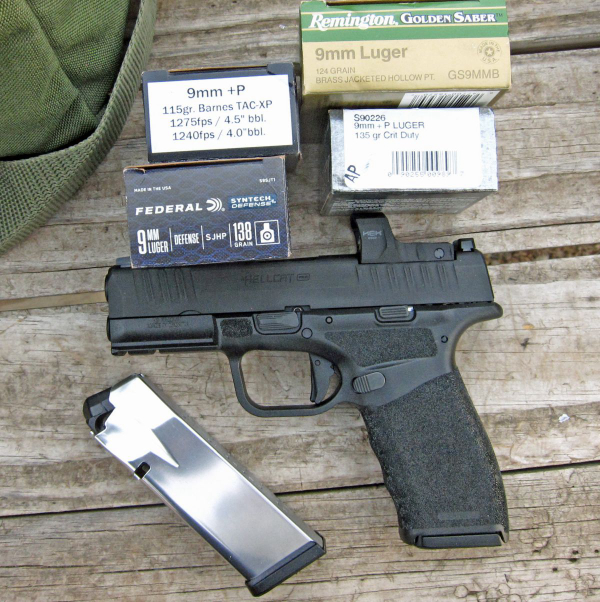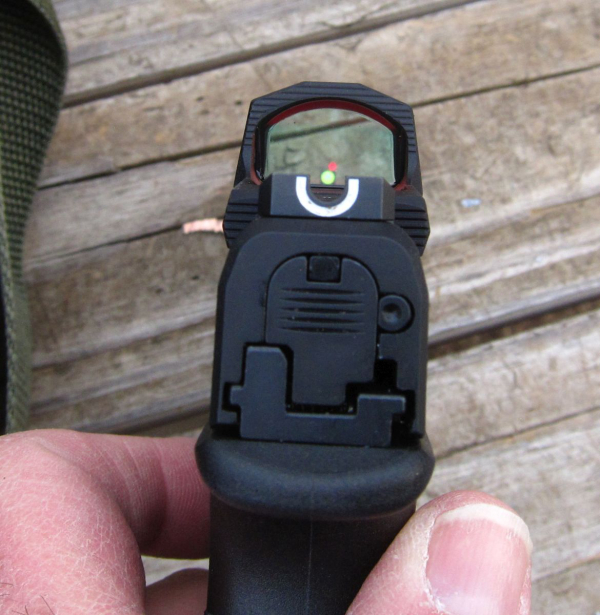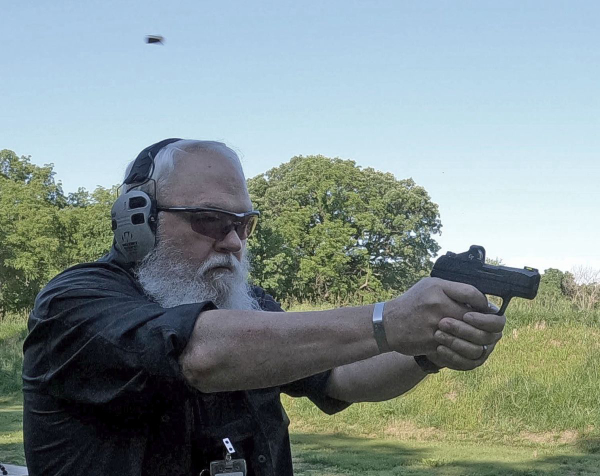
Last week, I sought to determine how small a pistol had to be before users would simply decline to mount optics. The feature generated some responses. As I lack permission to quote them, the messages are paraphrased below.
Far from being negative about dissenting views, I see them as a vehicle for what a (somewhat disliked) colleague termed “meaningful discussion.” In that, he was quite right. It’s not a right/wrong thing; it’s more a continuum.
From a noted world-class instructor, I got kudos. His take is “what is the application?”


When you’re buying something for personal defense, particularly concealed carry, the primary objective is being able to hit a mark on demand. Until you can do that, the “fight” part of the equation is out of the question. Save your money, he says, for ammunition and practice with what you have.
He goes on to note that the most likely distance at which a citizen would have to engage with deadly force is short and shouldn’t require a dot.
The purveyors of optics and mounting solutions would likely not be impressed with his take – or mine.
Another to agree noted that the pistol mounted optic is all too often “too much for too small a pistol.”
We want to avoid “everyone else has one, so I need one.” He then goes on to note that he’s not criticizing anyone who adds a PMO to their pistol. While it’s not his thing that doesn’t mean it lacks utility – he’s right about that.
Let those who ride decide.
For any of us who wore guns in uniform, the gear we had was more than heavy enough for us. Adding more stuff wasn’t a winning deal.

Today, the kids are carrying far more than we did. He notes that, for us, “… retirement is a blessing …”
So everyone agreed with me?
Are you kidding?
The next correspondent started with a quote from my feature -- "Below, the Springfield Hellcat Pro without optics shows a LEOSA result that wouldn't have been any better with an optic."
He said that the group in that image would have been far better had I used a red dot. But he hasn’t seen me shoot.
The critical aspect of shooting a tight group in qualification ain’t the sights as such; it’s consistent grip, timing and rhythm, and manipulation of the trigger. The group shown with the stock irons on the Hellcat Pro gave me more than enough visual input.
When you have people learning the visual aiming solution, the optic is by far the better choice. Look at the target, float the dot – as our first correspondent has noted – and shoot the shot.
My commentator goes on to note an issue is age related vision issues.
Again, he nails it. As long as you can see well enough to make an informed, ethical force decision, you see well enough – but with presbyopia, seeing the front sight can get tough. Is an optic the solution?

Without question, as long as it works. He goes on to note that delivering the dot to your eye on the draw is a problem. I think that can be sorted out fairly quickly especially on the smaller guns.
Another writer noted that his physical size was such that he needed the gun to be as small as possible. So, he’s irons only?
Note, he has a Glock 19 with a PMO for teaching and to assist with his familiarity of the system. He’s keeping up.
Many thanks to all who wrote.
I still have a PMO on the SIG P322; for checking load accuracy or for helping a new shooter “see” to shoot, it’s a good deal. I took one off of the Hellcat Pro for another project.
This rhubarb generated another question – Are the moderate-capacity micro-compact 9mm pistols harder to shoot than their service-compact predecessors? The answer seems obvious: lighter guns, often with shorter barrels and slides, more noise, more ‘jump.’
I’ll take a look at it.
— Rich Grassi